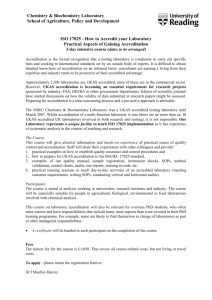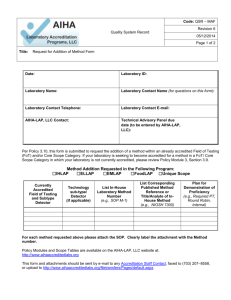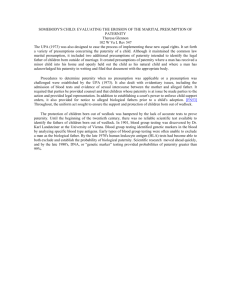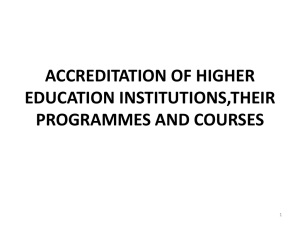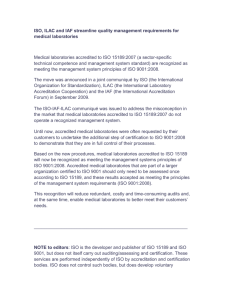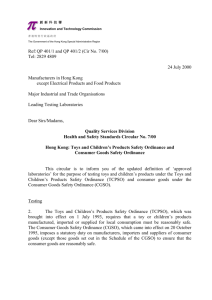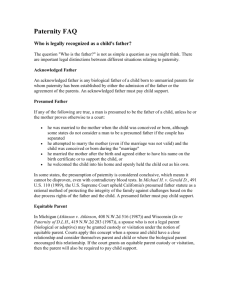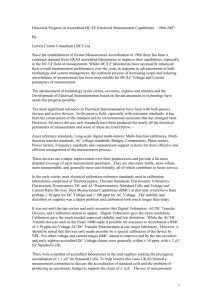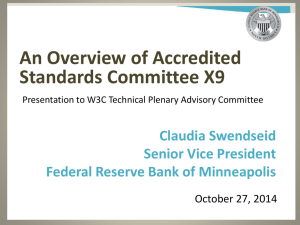Get laboratory accreditation to carry out paternity tests
advertisement
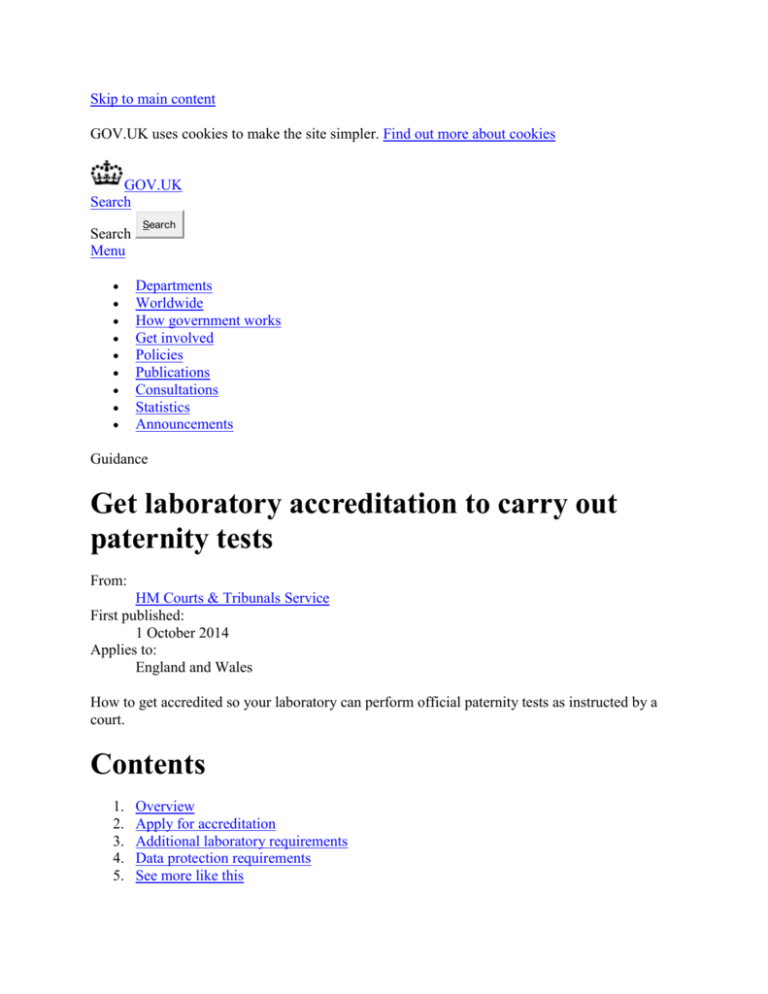
Skip to main content GOV.UK uses cookies to make the site simpler. Find out more about cookies GOV.UK Search Search Menu Search Departments Worldwide How government works Get involved Policies Publications Consultations Statistics Announcements Guidance Get laboratory accreditation to carry out paternity tests From: HM Courts & Tribunals Service First published: 1 October 2014 Applies to: England and Wales How to get accredited so your laboratory can perform official paternity tests as instructed by a court. Contents 1. 2. 3. 4. 5. Overview Apply for accreditation Additional laboratory requirements Data protection requirements See more like this Overview Courts can ask for a scientific DNA paternity test to check the parentage of a child if parties cannot agree on whether a DNA test should be done. This is done under a Section 20 direction. Only laboratories on the accredited laboratory list can carry out these tests. Apply for accreditation To be included on this list of accredited laboratories, you must be approved by an accreditation body which complies with the requirements of ISO/IEC 17011, formerly ISO Guide 58. You need to fill in and sign this paternity testing accreditation application (MS Word Document, 46KB) and send it with: your current original/certified copy of ISO 17025 certificate your statement of adequacy (if you’re a non-UK organisation) a certified copy of your certificate showing current membership of a scheme that meets the requirements of Directive 95/46/EC It would be useful if you could provide a flow chart along with your application. In it, set out how a request for a Section 20 test would be processed, from receipt up to when the test results are sent back to the court. This is not a compulsory requirement. The use of intermediaries or the use of a travelling sample-taker are not allowed. Annual reviews ensure the continuing eligibility of each body on the list. Send to: Family Operations Team HM Courts and Tribunals Service 1.42, 1st Floor 102 Petty France London SW1H 9AJ Email: civil&familybusinesssupport@hmcts.gsi.gov.uk Your application will be acknowledged within 10 working days of receipt. Additional laboratory requirements As well as filling in the application form above, accredited laboratories must also agree to: comply with the Blood Tests (Evidence of Paternity) Regulations 1971 (as amended) or any revised versions comply with requirements about how your accredited status is represented in advertising or informational material Data protection requirements You should only retain personal data for as long as is needed, that is: 6 months for the retention of a DNA sample 12 months for the retention of records created as a result of a Section 20 court-directed test You must ensure adequate data protection in accordance with: Part 1, Paragraph 7 and Schedule 1 of the Data Protection Act 1998 Article 5 of the European Commission Directive 95/46/EC You should attach a statement to your application form setting out how you will achieve this. Back to contents Published: 1 October 2014 From: HM Courts & Tribunals Service More like this Related detailed guidance Paternity testing: approved laboratories Help us improve GOV.UK Don’t include personal or financial information, eg your National Insurance number or credit card details. What you were doing What went wrong Send Services and information Benefits Births, deaths, marriages and care Business and self-employed Childcare and parenting Citizenship and living in the UK Crime, justice and the law Disabled people Driving and transport Education and learning Employing people Environment and countryside Housing and local services Money and tax Passports, travel and living abroad Visas and immigration Working, jobs and pensions Departments and policy How government works Departments Worldwide Policies Publications Announcements Support links Help Cookies Contact Terms and conditions Rhestr o Wasanaethau Cymraeg Built by the Government Digital Service Open Government Licence All content is available under the Open Government Licence v3.0, except where otherwise stated © Crown copyright

